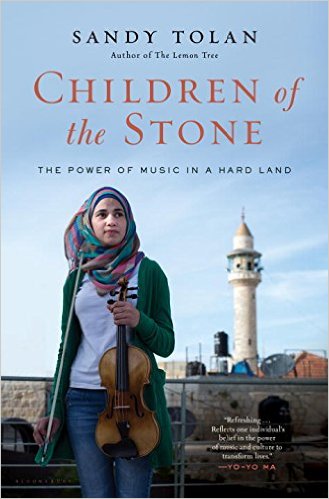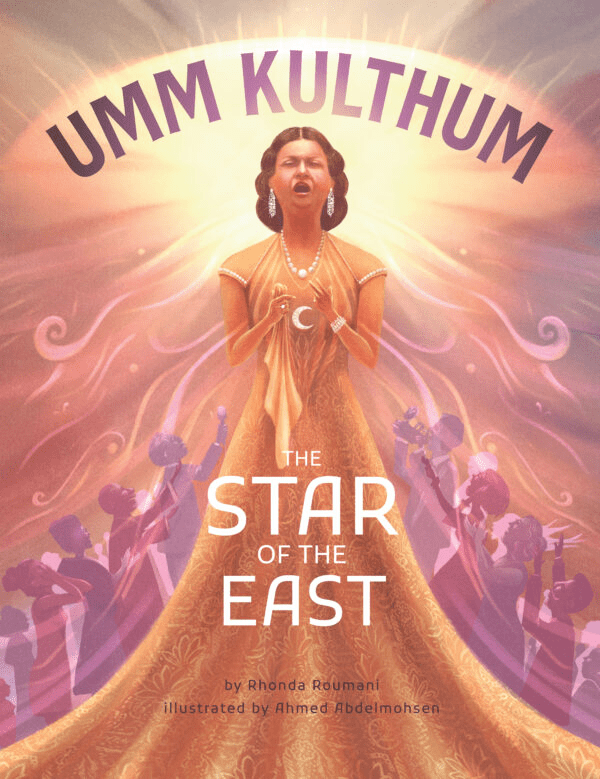
Children of the Stone: The Power of Music in a Hard Land
Piney Kesting
Sandy Tolan
2015, Bloomsbury, 978-1-60819-813-9, $28 hb.
In 1998 Sandy Tolan interviewed Ramzi Hussein Aburedwan, an 18-year-old viola student who dreamed of building music conservatories throughout occupied Palestine. Ten years earlier, a photo of Aburedwan throwing a stone in al-Fawwar refugee camp on the outskirts of Ramallah had made him a symbol of the First Intifadah (literally “shaking off,” or uprising). Here, Tolan tells the story of Aburedwan’s remarkable transition from a stone-thrower to a talented musician who, against all odds, established the Al Kamandjati Conservatory (which Aburedwan describes as his “musical intifadah”) in 2005. Thanks to Al Kamandjati, hundreds of children throughout Palestine have learned how to play an instrument and have performed at home and abroad. Yet, “it’s not about making musicians,” says Eric Culver, an American pianist and composer who volunteers at Al Kamandjati. “It’s about improving people’s lives through music.” Tolan’s beautifully written book, which does not spare readers a sobering view of the daily hardships of life under occupation, illustrates the transformative power of music over violence and its potential to protect and offer hope to generations of Palestinian children.
